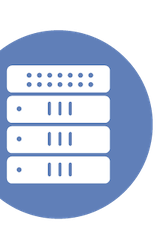Engineering Campus-Wide Mobility: Arista’s Scalable Wi-Fi Roaming Design
Event: Mobility Field Day 13
Appearance: Arista Presents at Mobility Field Day 13
Company: Arista
Video Links:
- Vimeo: Engineering Campus-Wide Mobility: Arista’s Scalable Wi-Fi Roaming Design
- YouTube: Engineering Campus-Wide Mobility: Arista’s Scalable Wi-Fi Roaming Design
Personnel: Ken Duda
Designing for large Wi-Fi roaming domain especially in environments like university campus has many challenges. In this video, Arista’s own founder and CTO, Ken Duda will talk about how we applied some of our learnings from large scale data center & AI cluster deployments to solve Wi-Fi roaming and thus unifying our wired and WLAN data plane fabric.







